The cauliflower supply is currently under pressure, and the high prices certainly confirm this. "Right now, we are starting the campaign in the area of Llano de Zafarraya, in the province of Granada, but this year's production will be very scarce," said Francisco Manuel Ramos, president of Hortoventas. "As in every other place, we are having issues with the water supply."
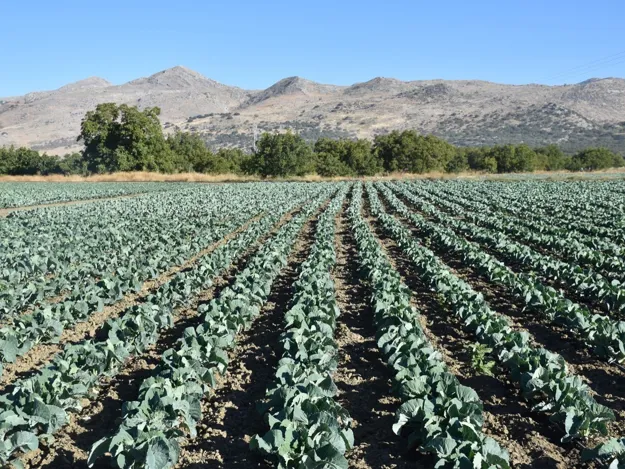
"We have 3-4 months with a very high demand for irrigation in which we draw large amounts of water from wells, and although it is true that water shortages aren't as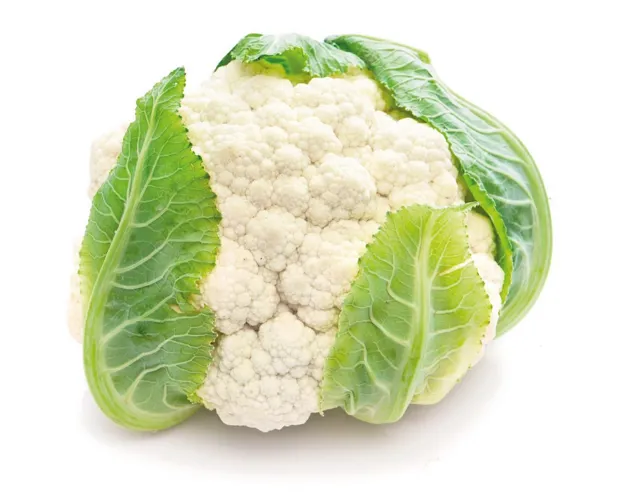 big of an issue in this area as in other places, the aquifer is not recovering due to the drought. Therefore, people have chosen not to use their water in 100-120 day crops with a single harvest, such as cauliflower, and have decided to save it for other products with longer cultivation and harvest periods, such as tomatoes or zucchini."
big of an issue in this area as in other places, the aquifer is not recovering due to the drought. Therefore, people have chosen not to use their water in 100-120 day crops with a single harvest, such as cauliflower, and have decided to save it for other products with longer cultivation and harvest periods, such as tomatoes or zucchini."
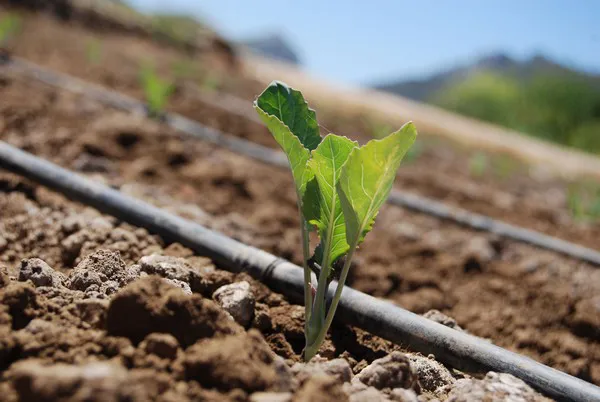
SAT Hortoventas, which is celebrating its 40th anniversary this year, is, in fact, one of the largest producers of plum tomatoes, zucchini, peppers and salad tomatoes in the province of Granada. "This year, our cauliflower production will drop by practically 50%."
"The prices recorded at the moment are exorbitant. After handling, cauliflower can cost up to 40 Euro a dozen, so I wonder what prices consumers are paying," said Francisco Manuel. "We don't want prices to be either these high or as low as other times; we would again like to have the production we had in other seasons and be able to handle the product with optimal prices for both the grower and the consumer, but this would require an end to the drought," said the president of Hortoventas.
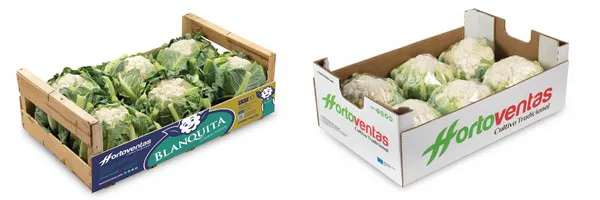
Thanks to its microclimate, the Llano de Zafarraya area is one of the few areas in Spain that is still managing to supply open ground vegetables at this time of the summer, thereby preventing supply gaps in the market; however, the inevitable question is: when will cauliflower prices improve?
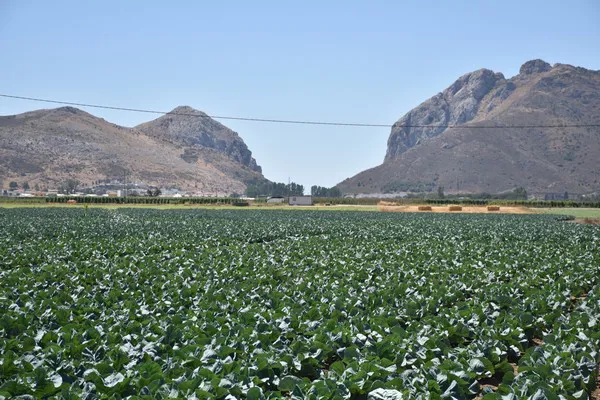
"Right now, Granada is producing cauliflowers until the arrival of the production from Murcia, the Levant and the center of the Peninsula," said Francisco Manuel; "but we still don't know what will happen, because water shortages have become a common problem everywhere and many growers have made the same decision."
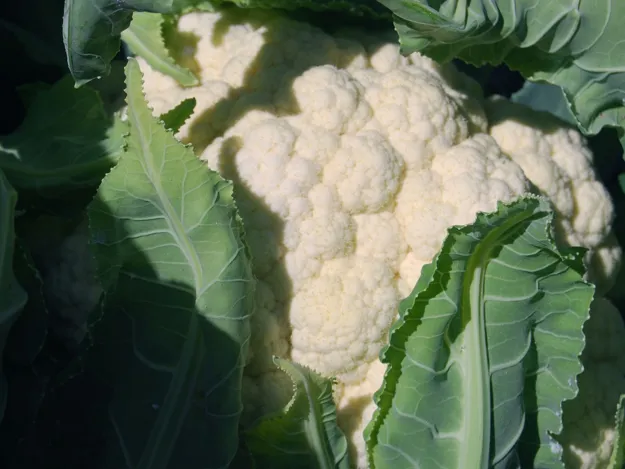
 For more information:
For more information:
Hortoventas
C/ Estación s/n
18125 Ventas de Zafarraya, Granada, Spain
Tel.: +34 958 362 190 / +34 958 368 004
www.hortoventas.com
